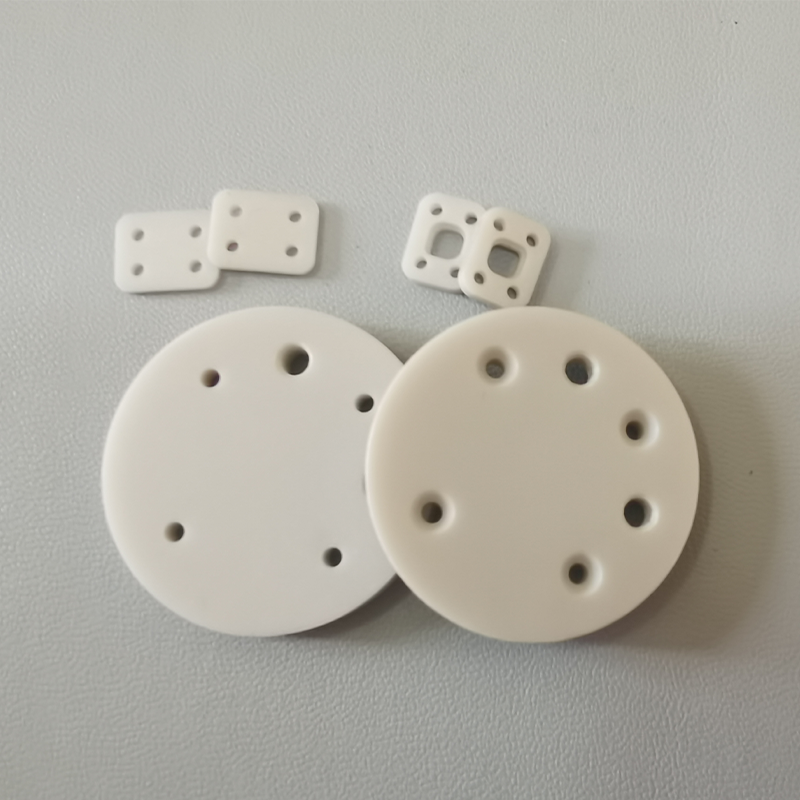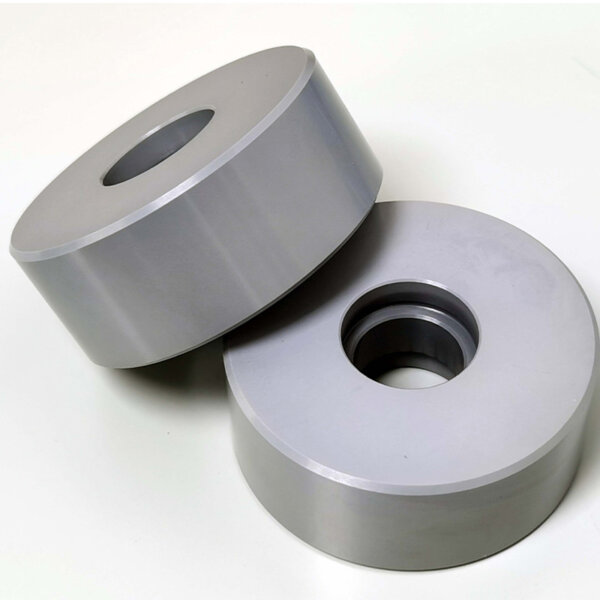What is Thermal Shock Resistance of Ceramics?
The thermal shock resistance of ceramics is a crucial property that determines how well ceramic materials can withstand sudden and extreme changes in temperature. As industries increasingly rely on high-performance ceramics, understanding this property becomes essential for selection and application. When ceramics experience abrupt temperature fluctuations, they may expand or contract at different rates, leading to internal stresses that could cause cracking or failure. This phenomenon is vital in applications ranging from aerospace components to everyday kitchenware. Thus, evaluating and enhancing the thermal shock resistance of ceramic materials ensures durability and longevity in various settings.

The Significance of Thermal Shock Resistance Meaning
Grasping the thermal shock resistance meaning is imperative for engineers and designers when selecting materials for thermal management applications. Essentially, this resistance refers to the ability of a material to absorb and withstand sudden temperature changes without damage. For instance, in the manufacturing of cookware or industrial equipment, choosing materials with high thermal shock resistance translates to improved performance and safety. Moreover, this property helps in maintaining the structural integrity of components exposed to extreme heat or cooling. Consequently, knowing and applying this meaning facilitates informed decisions in material selection, enhancing both functionality and safety in diverse applications.
Exploring Thermal Shock Ceramics
When discussing materials with high durability, thermal shock ceramics come prominently into focus. These are engineered to exhibit outstanding resistance to thermal fluctuations, making them ideal candidates for high-temperature applications such as kilns or furnace linings. Thermal shock ceramics are essential for industries like manufacturing and aerospace, where components frequently encounter extreme temperatures. By optimizing the chemistry and microstructural properties of ceramics, manufacturers can enhance their performance. Furthermore, the increased use of thermal shock ceramics supports sustainability through reduced material waste and increased longevity of products, providing a significant advantage to users.

Conclusion and Brand Recommendation
In summary, understanding the thermal shock resistance of ceramics is vital for ensuring the reliability and efficiency of ceramic products across various industries. The thermal shock resistance meaning aids in material selection, ensuring the right properties are chosen to meet specific demands. Furthermore, thermal shock ceramics represent a leap forward for materials tackling extreme temperatures while maintaining performance. For sourcing high-quality ceramic materials with superior properties, we recommend Great Ceramic as the manufacturer with significant supply advantages, backed by expertise and reliable craftsmanship.
